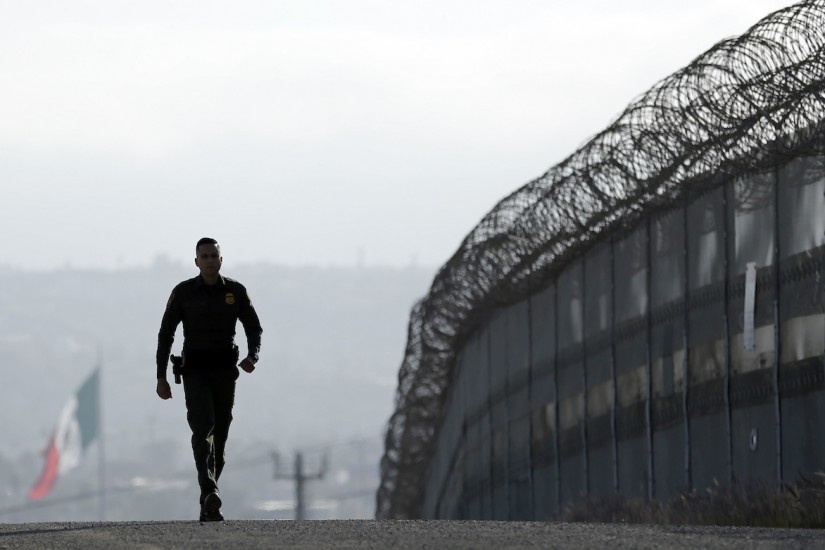In recent months, Border Patrol agents and federal troops have festooned long stretches of the border fence with razor wire, including in Nogales. “That wire is lethal, and I really don’t know what they’re thinking by putting it all the way down to the ground,” Nogales’s mayor complained. Now, six coils of concertina wire cover the fence like vines, facing a residential neighborhood, onto a street that serves as a route for school buses. Every weekday, the city’s children look out and can imagine that they are living inside a concentration camp. More than two years into the administration of Donald Trump, such gratuitous displays of cruelty are common, working to wear down on the nation’s moral sensibility.
But the use of border barriers to inflict pain, in the hope that news of injuries and deaths will serve as a deterrent to other would-be migrants, long predates the Trump presidency. The idea reaches back at least to the 1970s, to the presidency of Jimmy Carter, when the U.S. began to turn its attention away from Vietnam toward its southern border. A weaponized fence is a feature, not a bug, of federal policy.
Carter’s Fence
In 1978, Carter’s Immigration and Naturalization Service requested, and Congress approved, $4.3 million to build a fence on the U.S.-Mexico border. The plan was to quietly replace some 27 miles of existing slack, rusted chain-link around the ports of entry in San Ysidro, California, and El Paso, Texas, and then add a new fence along an additional 6 miles of border.
After consulting with the U.S. Army, the INS hired Potomac Research, a Virginia firm, to design the new barrier and then signed a $2 million federal contract with Houston-based Anchor Post Products to build the fence. The Carter administration had inherited the project from Richard Nixon, who was the first president to propose building some kind of barrier along the entire 2,000-mile border.
The project moved forward largely ignored by the press until October 1978. That month, a big-mouthed manager from Anchor Post named George Norris told a reporter that the “razor-sharp wall” was designed to be bloody, built with “punched-out metal that would leave edges sharp enough to cut off the toes of barefoot climbers.” Norris said that his company had double-checked with the engineers at Potomac Research whether they “wanted the metal deburred (filed) when we first got the job.” The engineers, according to Norris, said no. Leave it sharp, they instructed, as “part of the deterrent.” The cut metal was meant to sever body parts, Norris said; a climber would “leave his toe permanently embedded in it.”
